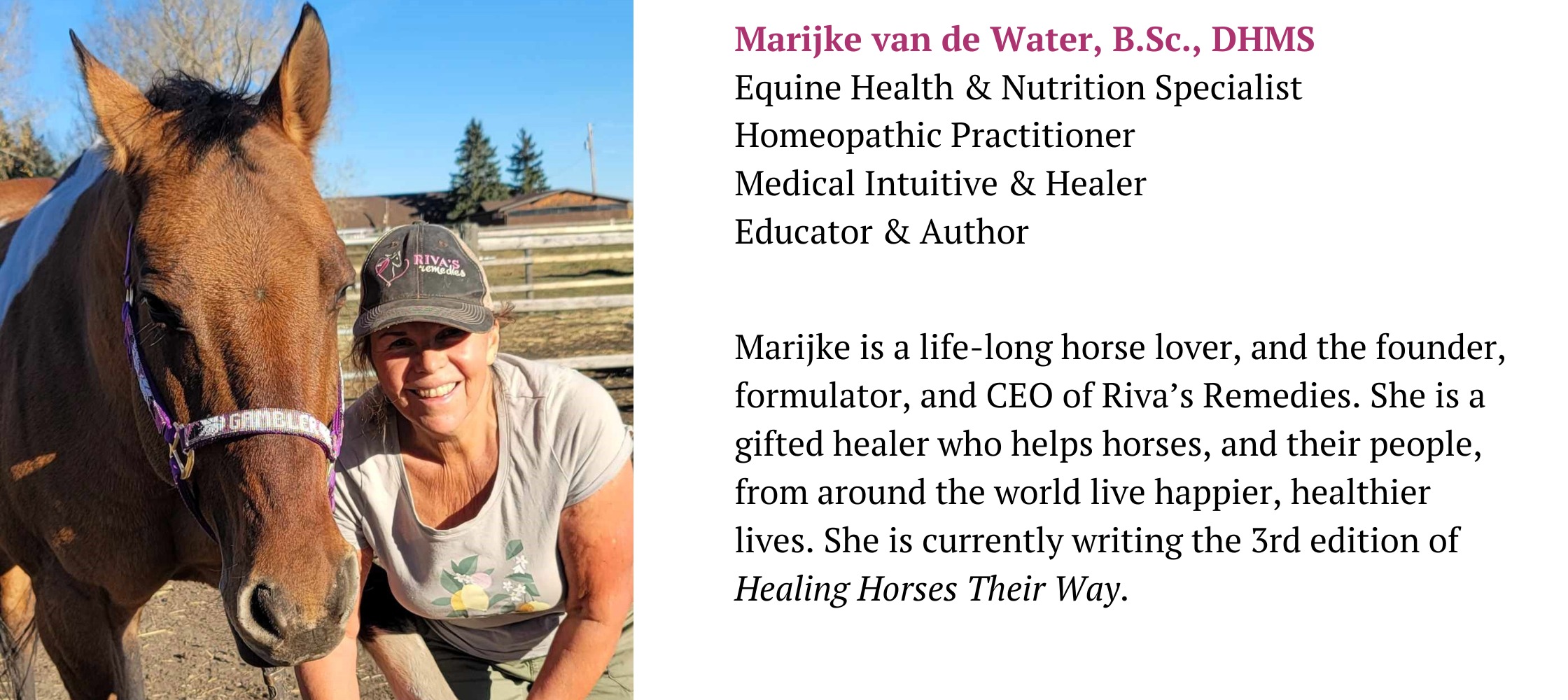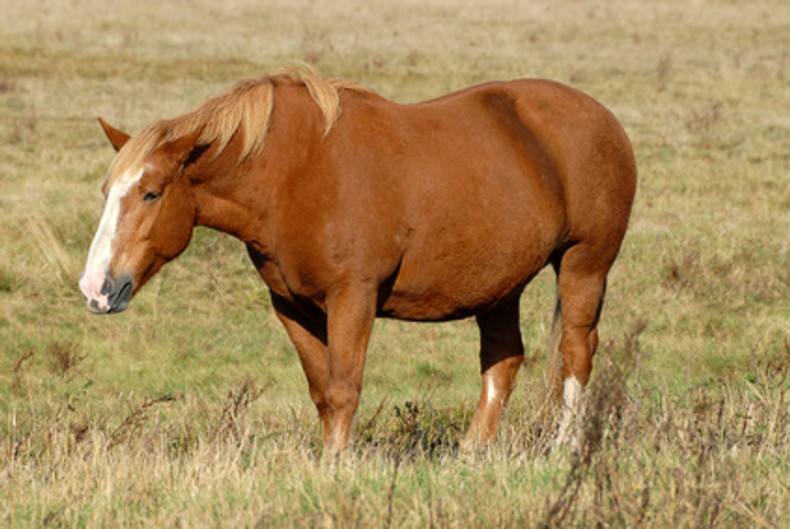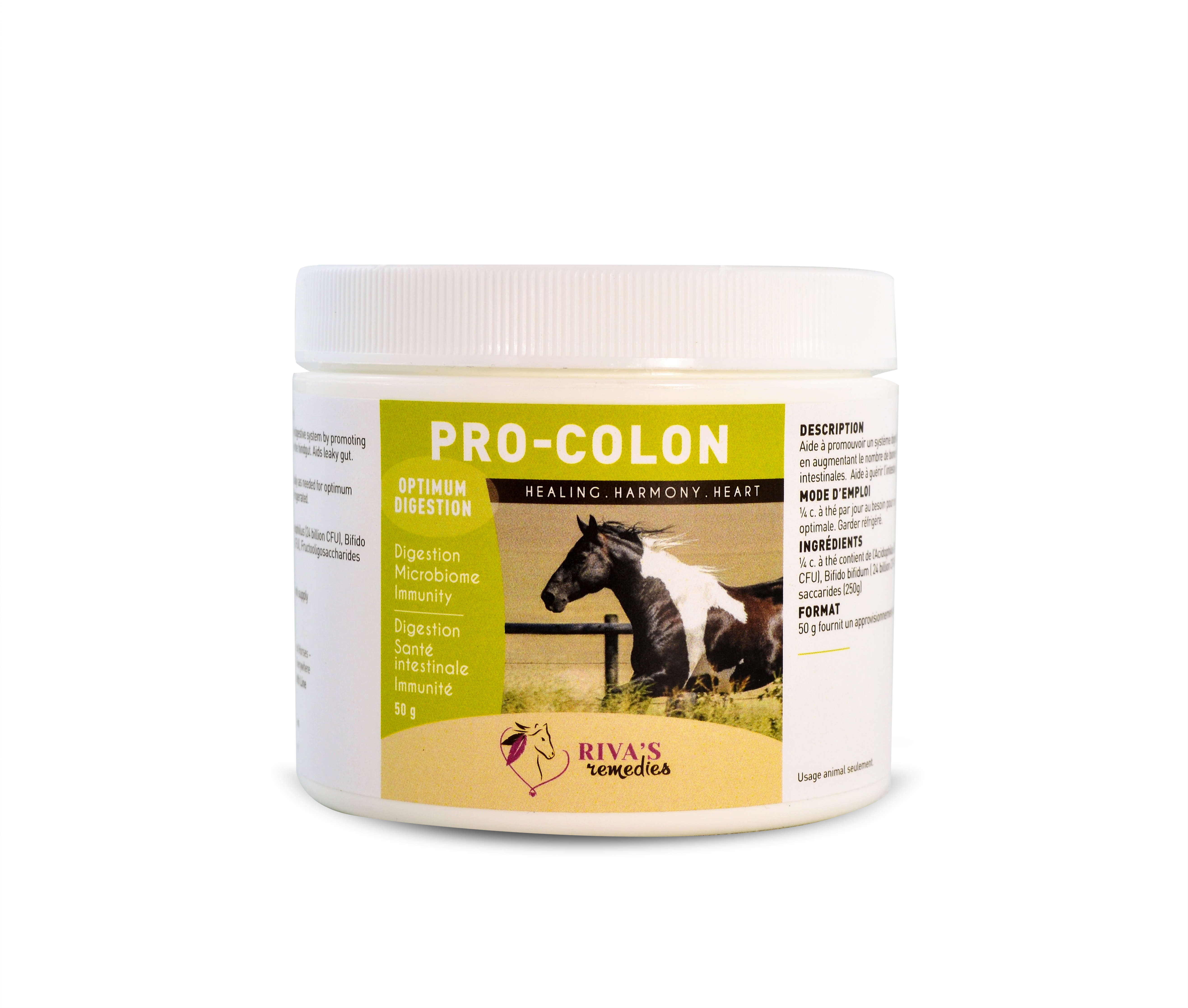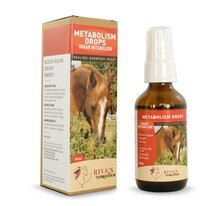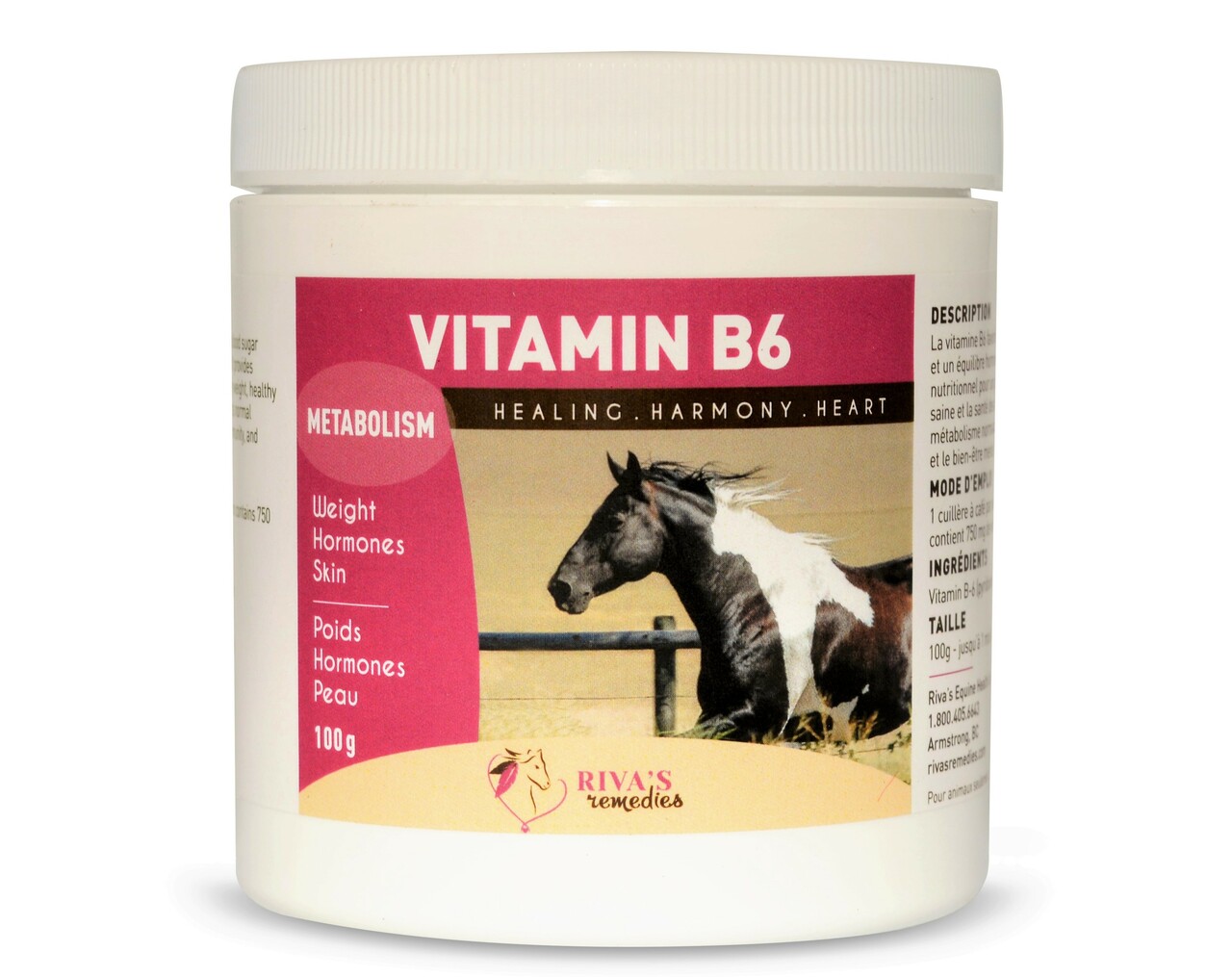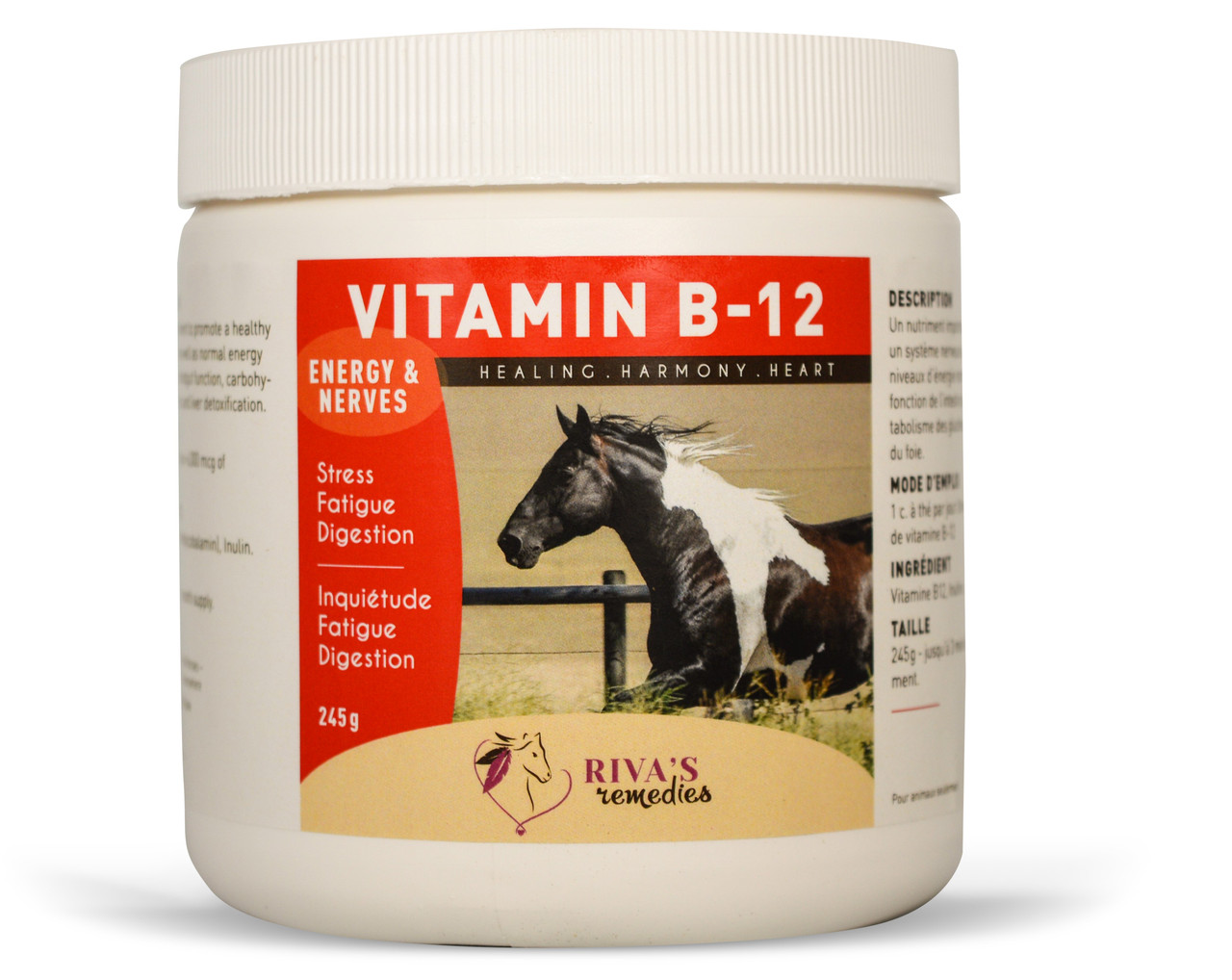Insulin Resistance
~ An Equine Epidemic ~
Insulin Resistance (IR) falls under the umbrella of Equine Metabolic Syndrome and describes a metabolic problem caused by high sugar diets and a lack of exercise. IR causes weight gain, hormone imbalances, poor immunity, and laminitis. Eventually, if left unchecked, most cases will progress into Cushing’s Disease (PPID).
IR is now a wide-spread problem and is being diagnosed in record numbers even in our younger horses. It is estimated that up to 40% of domestic horses are overweight and 30% have been diagnosed with IR.
What Is Insulin Resistance?
IR occurs as a result of over-feeding unsuitable feeds and unrestricted grass grazing, mostly combined with a lack of exercise. Not very different from people. When blood sugar rises after eating, insulin is secreted by the pancreas to open up glucose receptors in the muscles and liver. This transports the sugars out of the blood and into the tissues for energy or for storage. Normally sugars are stored in the muscles and liver as glycogen – the storage form of sugar – from where they are converted back into sugar and released into the blood when needed for energy. However, when the muscles and liver storage depots are full the receptors will no longer respond to insulin and will therefore not open to allow the sugars entry into the tissues. At this point the insulin production will continue to rise in an effort to keep signaling the receptors to open.
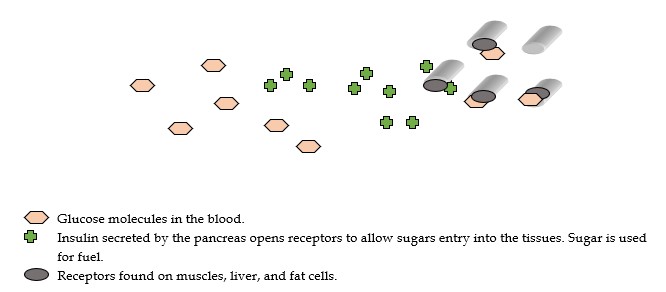
Sugars which cannot be stored as glycogen must now convert to fat or triglycerides resulting, of course, in weight gain and sometimes a fatty liver, especially in Minnies, ponies, and donkeys. In time, blood sugar and insulin imbalances also disrupt the adrenals, thyroid and pituitary as they work harder to regulate the insulin levels and the disruption to the metabolism. These imbalances along with low levels of dopamine eventually progress to Cushing’s disease (PPID).
Signs & Symptoms of IR
The changes in insulin levels, hormones, and metabolism are responsible for a number of symptoms. These include:
Why Is My Horse Hangry?
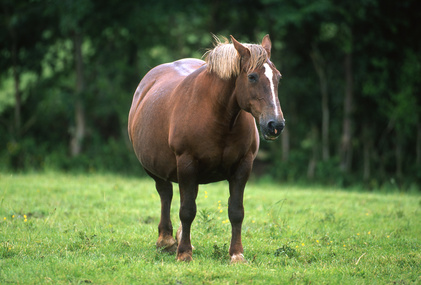
Leptin, a hormone released from fat cells, sends signals to the hypothalamus in the brain to tell the brain that the body is full of food. It is therefore called the satiety hormone because it inhibits hunger and regulates energy levels by only triggering hunger when it needs energy. Therefore, the primary purpose of leptin is to help the body maintain normal weight; it is the master hormone of body fat regulation.
When levels of this hormone fall, it sends a starvation alarm to the brain triggering huge increases in appetite and food cravings – usually sugar, as well as an increase in fat storage. It also reduces the motivation to exercise and decreases the resting metabolism which slows weight loss. And it makes them irritable.
And while overweight horses may have enough leptin, many of them have become “leptin resistant” (LR); like insulin resistance the body becomes resistant to any hormones which are excessively high. This is part of a defense mechanism to protect the body’s metabolism. Once a horse is leptin resistant the fat cells as well as the brain are no longer receiving the leptin signal to burn fat or to stop eating. This causes the brain to think that it needs to conserve energy because it is missing fat, so the horses become lazier and heavier.
The Easy Keepers
The horses most at-risk for weight gain are the ‘easy keeping’ breeds: ponies such as Shetlands and Welsh Mountain ponies, Minnies, Icelandics, Arabs, Mustangs, Morgans, draft horses and gaited horses. Although to be honest, almost all breeds are susceptible now because of the domestic environment that we have forced them into. IR is now even seen in both recreational horses and performance horses.
Easy keepers are easy because their ancestry and metabolism is adapted for survival in harsh, low nutrient environments rather than lush sugar-laden pastures with oats for dessert. The over-weight horse standing knee-deep in a lush grass field with no reason to walk or run, other than to graze and saunter over to the water trough is a classic image.
For our early equine ancestors, EMS was actually a survival mechanism to endure seasons of food shortages whereby hormone fluctuations, especially insulin, acted to slow down metabolism. This ensured that they could rely on less fuel as a way of survival.
In addition, the ubiquitous easy-keeping ponies and donkeys found in back yards everywhere appears to be caused by their ability to absorb more sugar than larger horses. This is thought to be a result of the “thrifty gene” which means that in order to survive starvation in the wild they have learned to absorb sugar, store fats, and slow down metabolism. And the sugar receptors in their livers and muscles don’t seem as receptive to opening to allow the sugar entry from the blood. So, the smaller equines have to produce more insulin (insulin opens the receptors) to try and activate those resistant receptors. This receptor mechanism is true for all IR horses mind you, no matter the size.
Senior horses are also prone to IR which is to be expected since their overall metabolic rate is lower, their stress coping abilities are reduced, and their hormones are no longer as efficient.
Not all overweight horses and ponies have IR, but all IR horses and ponies are prone to weight gain.
If walking around a grass field to graze is the only exercise your horses and ponies get, especially given their high sugar grass diets, excess weight gain and its ill health effects are a certainty, not a possibility. And the grazing horse in domestic pastures cannot be compared to horses walking in the mountains foraging on native grasses. Our grass is no longer natural and is not the best thing for a horse, as we once believed.
Lifestyle Changes for Insulin Resistant Horses
1. Exercise is critical in helping your horse overcome weight gain, LR and IR. Horses should be encouraged to exercise a minimum of 2-3 times per week through hand-walking or jogging, light riding, ponying, liberty work, or playing with other horses. Studies show that within three weeks of regular exercise the number of insulin receptors can quadruple. In addition, regular exercise increases the metabolism, accelerates weight loss, improves the immune system, contributes to mental well-being, and is critical to maintain healthy hooves.
2. Use slow feeders so that they do not run out of hay at any given time and always have something to nibble at. Slow feeders help horses stabilize blood sugar, reduce stress levels, relieve boredom, improve digestion, and promote weight loss. Many times, people want to restrict an IR horse from eating by feeding them more infrequently and reducing their quantities of hay. However, anytime that a horse gets hungry and cannot graze, forage or nibble, their stress levels rise and so do their stress hormones. These hormone imbalances cause the adrenal glands to produce higher cortisol levels, increases weight gain, increases inflammation, depresses the immune system, and disturbs the metabolic hormones including insulin and leptin. When leptin levels drop due to lack of food, it triggers extreme hunger. Restricted feeding also adversely affects digestion resulting in more cases of acidity and/or colic. See our selection of Slow Feeders here.
The Insulin Resistant Diet
|
Pro-Colon – ¼
tsp daily
Provides probiotics and prebiotics to support digestion and nutrient absorption. Maintains a healthy intestinal immune system. |
|
Metabolism Drops One
dose (5-10 sprays) daily for 21 days, or as needed
A homeopathic remedy for easy keepers to support normal sugar metabolism, blood sugar, and weight. Maintains a normal appetite in overly hunger horses. |
|
Vitamin B6 –
1 tsp daily (= 750 mg)
Supports sugar metabolism, healthy weight, and insulin levels. Maintains hormone balance and healthy thyroid function. |
|
Vitamin B12 -
1 tsp daily (= 6,000 mcg)
Supports carbohydrate metabolism, liver function, and a healthy nervous system. Maintains energy levels and a healthy hindgut. |
*Please note: We provide a thorough selection of natural products to help you choose the ones that are best suited for your horse. If you need additional assistance in making the right choice, feel free to reach out to us.
For more information and to learn how to address IR with diet, nutrition and lifestyle
Take our EMS Course!
Resolving Equine Metabolic Syndrome
Not only do we recognise that IR is a serious epidemic and can be a challenging problem for many horse lovers, but we also know that people are struggling in finding the best care for their horses. Every day we hear from concerned horse owners who have run out of options and don’t know what else to try. Or whose horses have stopped progressing.
With a deeper understanding and extensive experience of the underlying causes of Equine Cushing’s Disease we offer a completely holistic approach where you will learn how to feed your horse, how to apply therapeutic nutrition, and use specific supplement recommendations. This course includes exclusive information to support EMS, IR, PPID, and PSSM with strategies for prevention, recovery, and maintenance
We consistently hear that horses whose owners have implemented programs based on solid information and practical experience have more energy, less depression, normal haircoats, a stronger immune system, optimum well-being, and healthier hooves
This is a self-paced short course available at any time.
Sign Up Here!
A huge thank you! When you said that changes could happen quickly, I was honestly skeptical. But you were so right. My horse dropped a fair bit of weight right away and today he did a little run and some rearing-up with one of the herd! Remarkable considering that I started applying your course program only 2 weeks ago when he could barely walk. He was in so much pain. I also realized through your course that some of the others in the herd were having metabolic issues even though they didn't show signs of laminitis.
The information in this course is so rich and just not possible to find anywhere else.
…Tina T. (Ontario)
